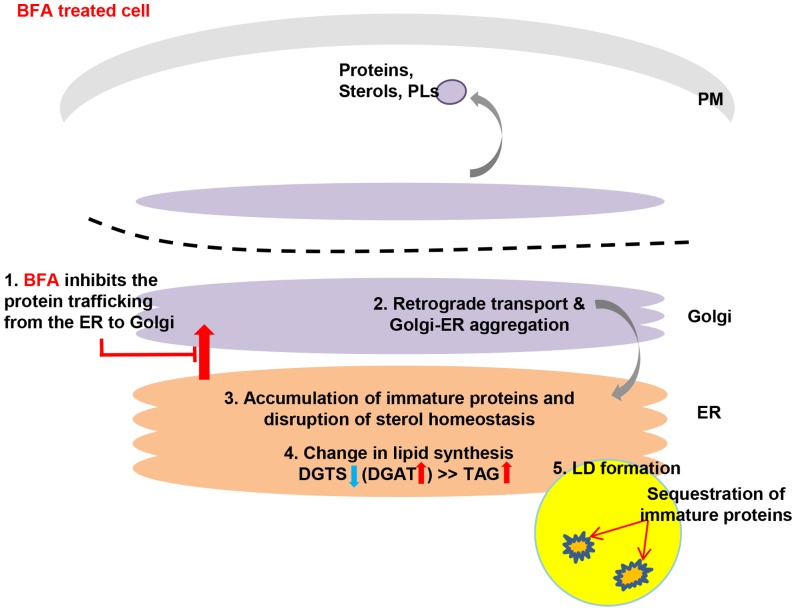Figure 7. A hypothetical model explaining BFA-induced LD formation.
1. BFA inhibits trafficking of vesicles that deliver proteins and lipids to their final destinations (Lippincott-Schwartz et al., Cell, 60 (1990) 821–836). 2. BFA-induced perturbation of vesicle trafficking results in retrograde transport and Golgi-ER aggregation (Lippincott-Schwartz et al., Cell, 60 (1990) 821–836). 3. Failure to deliver proteins and lipids to their final destination causes proteins to accumulate (Lippincott-Schwartz et al., Cell, 60 (1990) 821–836), and disrupts sterol homeostasis (Stephen M. et al., The International Journal of Biochemistry & Cell Biology, 39 (2007) 1843–1851). 4. A portion of the lipids from the disturbed membranes is converted into TAGs, which form LDs. 5. The LDs thus formed may provide a site for sequestering immature proteins, thereby protecting the cell from further damage (Mérigout et al., FEBS letters, 518 (2002) 88–92; Fei et al., Biochem. J, 424 (2009) 61–67). Since the effect of the drug is rapid, the drug may be a useful trigger for recycling intracellular membranes to TAGs, a lipid form more easily processed to fuel than membrane lipids.

